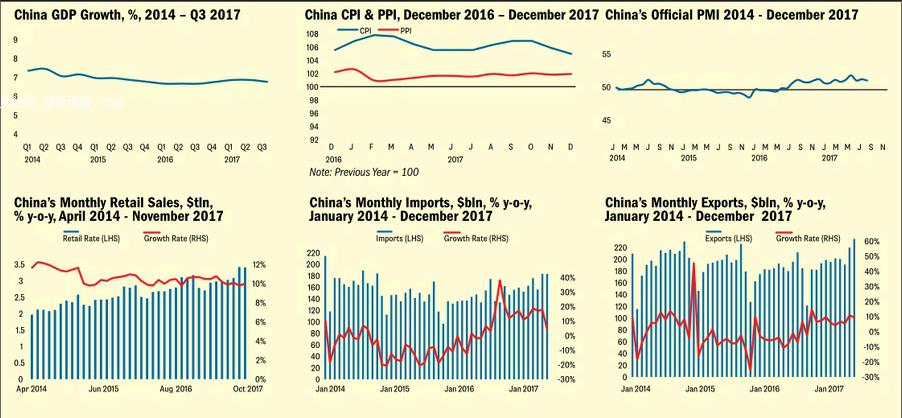BRI Implications for the China-Africa Investment Landscape

the Belt and Road Initiative(BRI) is likely to become the most significant foreign policy exercise that any country embarks on in the decades to come. The sheer scale envisaged for the initiative eclipses most contemporary bilateral and multilateral economic arrangements. In its current form, it spans 68 countries and organizations, with China pledging to invest $150 billion to participating countries and regions over the next five years.
However, for such a large project, it remains unclear to many as to what exactly the BRI is, what kind of activities will be included, who is encompassed within its framework and what the intended outcomes are. This is particularly the case for Africa, the continent among those initially intended to form part of BRI that is furthest geographically removed from China and with the fewest signatory countries. There is certainly awareness that the potential impact of the BRI on the continent could be tremendous, and completely change the investment and economic relations sphere.
Being the BRI initiator and main financial contributor, China welcomes a high degree of participation on the part of signatories to the BRI. This is important for both Chinese investors in Africa and African partners to China. It implies that investors and destination economies alike are able to play a greater role in defining how they interact under the broader framework of the BRI. This is meaningful in the current global economic context where developmental needs vary greatly and the appetite for investment is growing.
Presently, the emphasis of projects that have been implemented or planned under the BRI framework in East African countries, including Kenya, Ethiopia, Djibouti and Uganda, and Egypt are geared toward bridging the infrastructure gap, funding transport infrastructure, energy and telecommunications among others.
A steady growth in Chinese disposable incomes and the trend away from production of low-tech goods and light industry mean that the current projects could set the stage for the rapid growth of productive sectors in these countries. The beginnings of this are seen in the Ethiopian case where light manufacturing and agriculture are developing. This coupled with a rapidly expanding African population and Africa now being the continent with the fastest growing middle class, which increased by 100 percent in the past two decades to well over 300 million people, means that Africa will increasingly become a feasible market for its own outputs as well as goods and services from abroad as demand rises. The BRI thus has the potential to contribute substantially to the creation of conditions that would allow African and Chinese economic actors to take advantage of and harness these trends.

1/Morocco December 2017: As part of a series of 26 auto industry projects, Morocco announced a memorandum of understanding with Chinese electric vehicle maker BYD to open a factory to build battery powered cars. The plant, which will be built in the Mohamed VI Tangier Tech City, is set to cover an area of 50 hectares and employ 2,500 people.
2/cameroon november 2017: In continuing to harness its abundant water resources, the Cameroonian Governments Ministry of Water Resources and Energy entered into an agreement with China Machinery Engineering Corporation (CMEC) to build a hydropower plant in the Ngoila district. The plant, which will take 57 months to complete and have an installed capacity of 84 megawatts, has been valued at $398.2 million.
3/ethiopia & Djibouti January: The 756-km rail project linking Djibouti to landlocked Ethiopia officially commenced operations. The electrified rail project, carried out with a $4 billion investment and loan from Chinas ExIM bank, built by two Chinese contractors,(CREC & CCECC), is the first cross-border electrified railway and the longest of its kind on the continent.
4/Kenya January: In seeking to work with Kenya to achieve its objective of expanding its manufacturing base, Guangzhou-based computer consumables company, Anycolor Computer Consumables Co Ltd, announced plans to establish a $10 million factory which would produce printing consumables and employ over 300 Kenyans.

